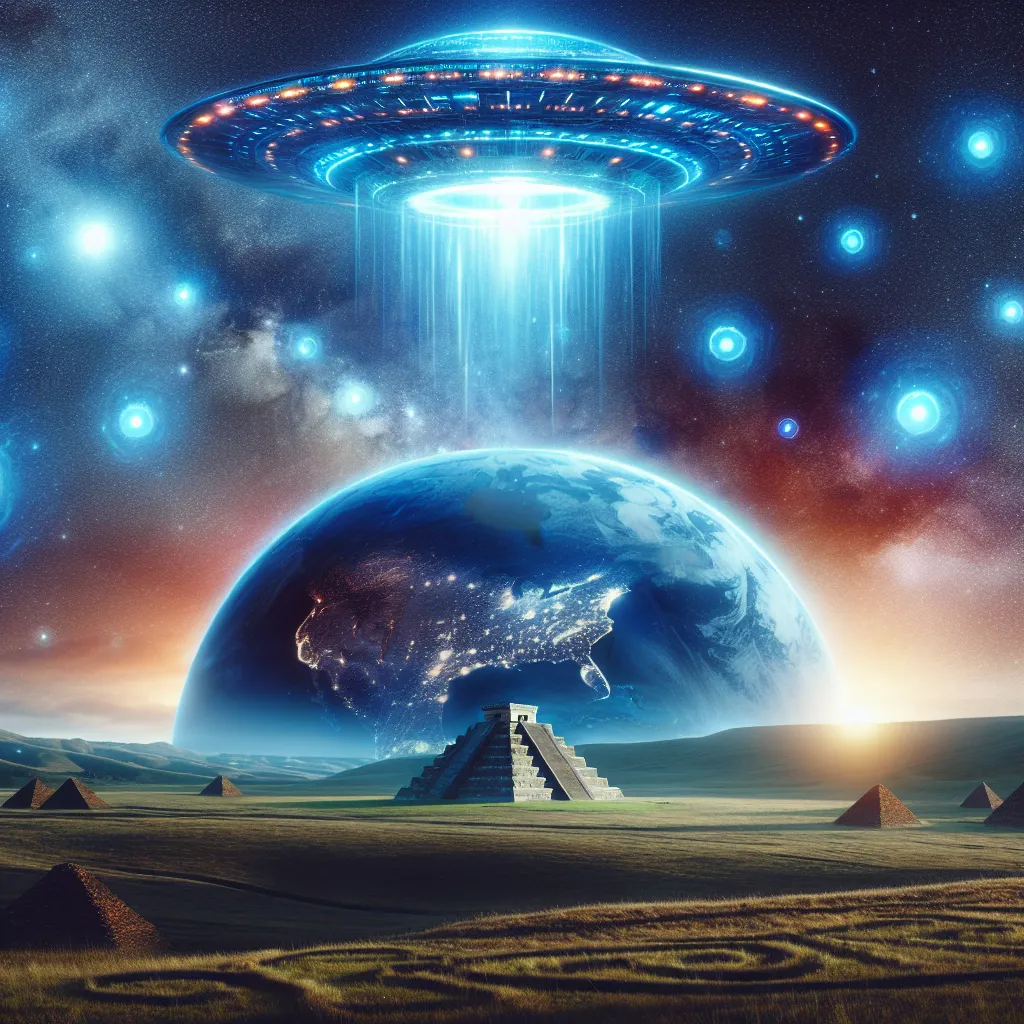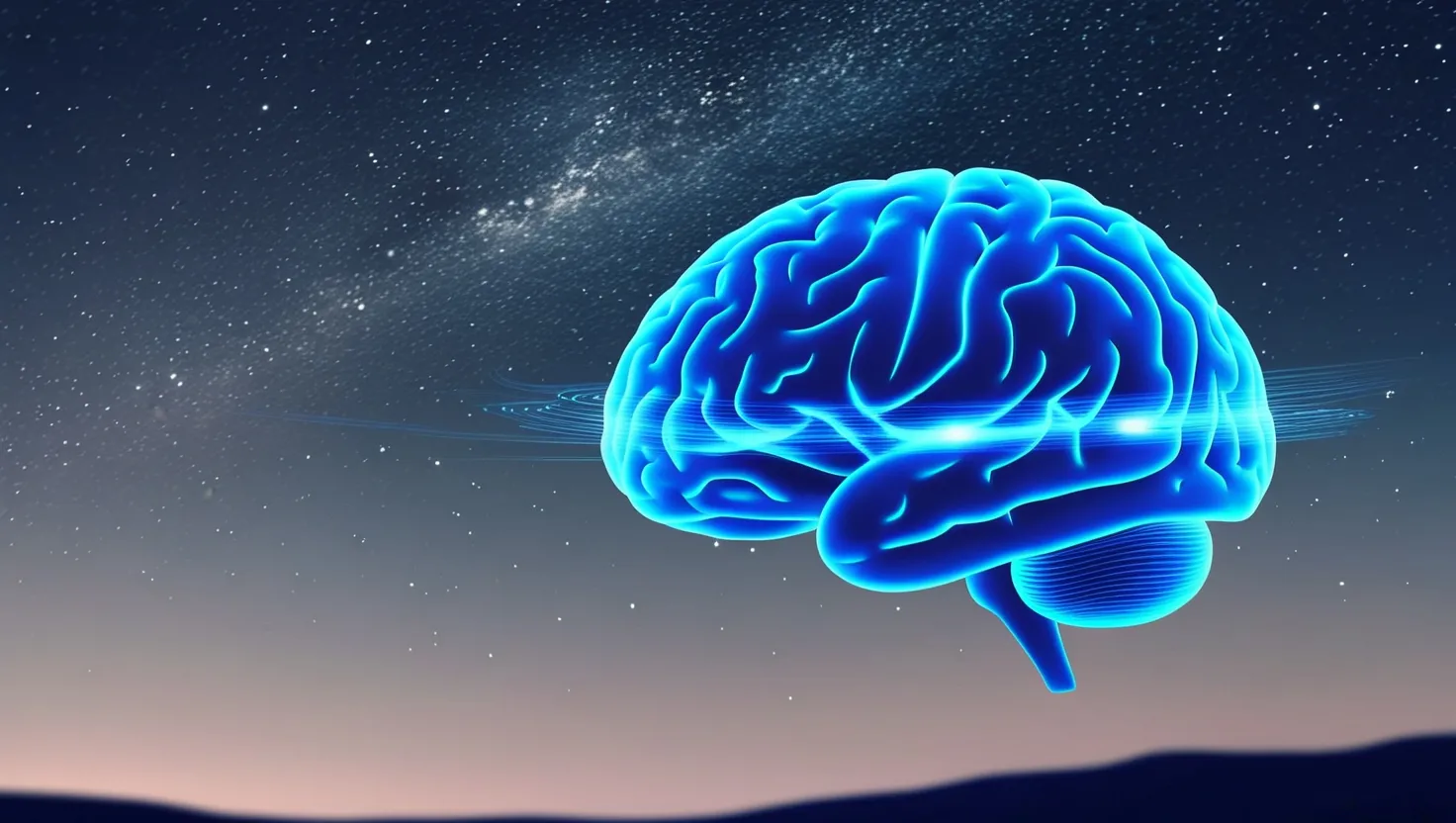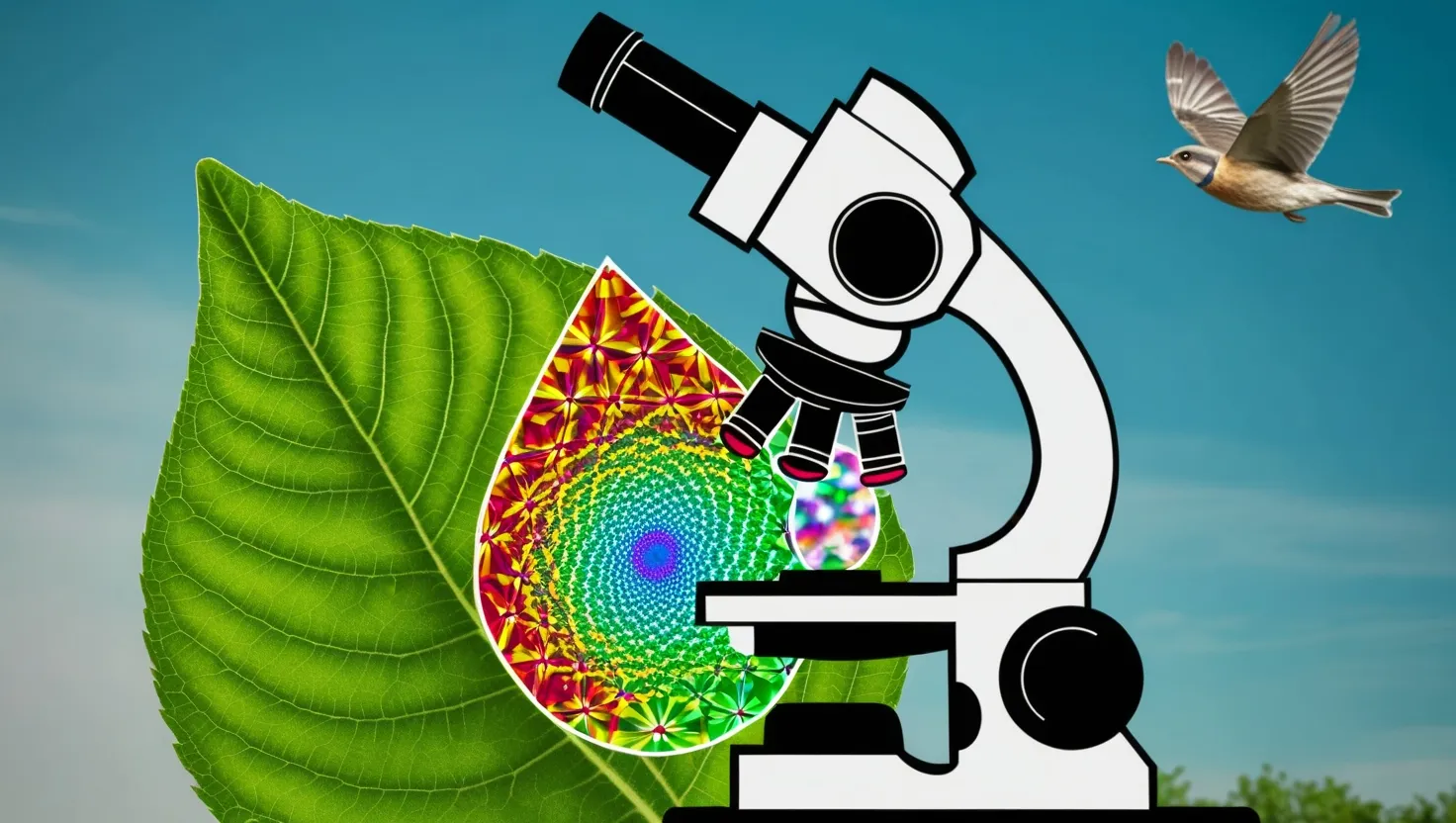Let’s talk about our home planet, Earth—the only known place in the universe that supports life. But what if we’re not alone? There’s a theory that aliens might not just exist, but some believe they could already be visiting us, performing abductions, and leaving traces. It sounds like sci-fi, but many people genuinely think Earth has had some close encounters.
In the US alone, thousands report seeing UFOs each year, with some even claiming to have been abducted by aliens. While many incidents can be explained away as natural phenomena or military activities, some remain utterly baffling. Think about the sightings of vast, mile-wide crafts that people swear couldn’t possibly be balloons, planes, or helicopters.
Skeptics argue that these sightings are just our imagination running wild, inspired by science fiction and pop culture. Still, some scientists admit nothing in physics outright prevents a highly advanced civilization from reaching us. They point to historical artifacts, like crop circles and even the pyramids, as potential evidence of alien visits. For example, in 1995 and again in 1997, Dr. Lynn Kitei saw unexplained lights over Phoenix, Arizona. Thousands witnessed the phenomenon, and while the military claimed these were flares from aircraft, eyewitnesses remain unconvinced.
Even experts like pyrotechnic specialist Paul Mann, who’s worked with flares for over two decades, find it hard to believe that flares could explain these sightings. Despite the government’s statements, many people believe there’s more to these UFO incidents.
Beyond witnessing strange lights, some people report physical experiences with aliens, like having mysterious lumps appear on their bodies or recalling medical procedures aboard an alien craft. These stories often include detailed descriptions of the extraterrestrials and their technology.
Yet, scientists like Michael Shermer argue that human memory and perception aren’t reliable. People often misjudge the size, motion, and speed of objects, leading to wild guesses and misinterpretations. Official explanations and denials only seem to fuel conspiracy theories, as evident in the famous Roswell incident of 1947. Initially claimed to be a weather balloon, it was later revealed to be a surveillance balloon, feeding the belief that the government hides the truth about UFOs.
Some events even involve military personnel, like the 1980 incident at an Air Force base in England. Though skeptics suggest what they saw was just a lighthouse, those involved, like Colonel Charles Halt, are convinced they encountered something otherworldly.
Looking at the bigger picture, what if aliens are already integrated into our reality in ways we don’t comprehend? The interstellar distances are mind-boggling, measured in light-years—one light-year being nearly six trillion miles. For aliens to travel these vast distances, they might need to bend the laws of physics, using concepts like wormholes or warp drives, ideas that sound straight out of Star Trek.
Some scientists propose that aliens might not even visit in physical form. Instead, they could send self-replicating nanobots—tiny robots that can clone themselves and explore vast spaces without ever leaving their home planet. These bots could be the silent, invisible explorers of our galaxy.
The challenges of alien visits don’t end with traveling here—they also include surviving our atmosphere and coping with Earth’s gravity and bacteria. Even our most fundamental gas, oxygen, could be poisonous to them.
Our fascination with aliens often reflects our fears and imaginations, influenced by media and cultural narratives. While many abduction stories and sightings may be a result of sleep paralysis or natural phenomena, the belief in aliens endures. Scientists continue to search the skies with projects like SETI, hoping to catch a signal from an intelligent extraterrestrial source.
Interestingly, some researchers suggest we might already be aliens. The theory of panspermia posits that life on Earth could have originated from bacterial life forms transported via meteorites from other planets, possibly Mars.
So, are we alone in the universe? The evidence is inconclusive but tantalizing. Whether through distant stars or right here on Earth, the search for extraterrestrial life continues, keeping our imaginations and curiosity very much alive.






